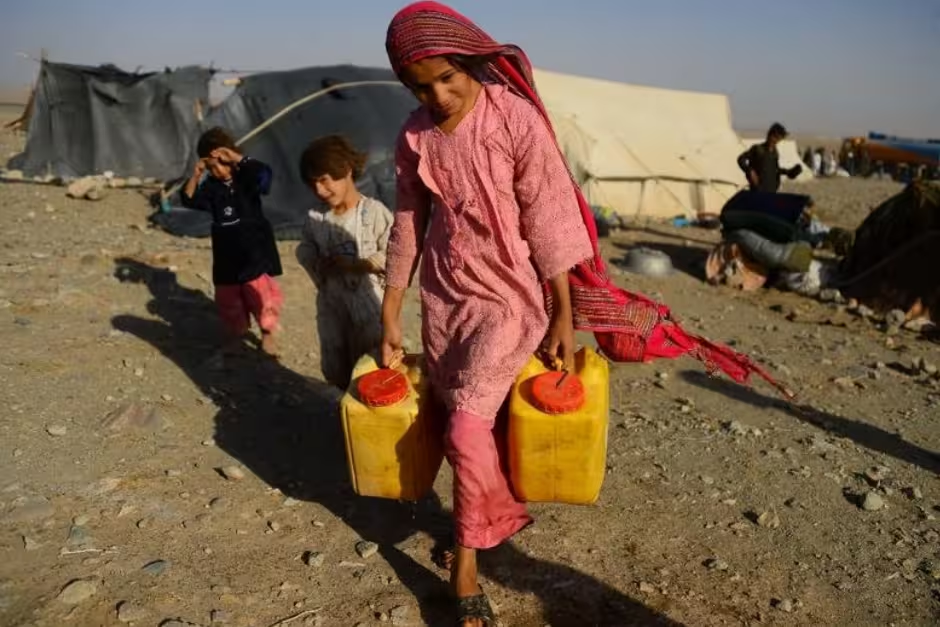
Tajikistan's population is growing rapidly, while productivity in key sectors such as industry, construction, and agriculture is not keeping pace. Meanwhile, arable land per capita has decreased to just 0.5 hectares.
Population growth – a path to prosperity?
According to UN estimates, Tajikistan’s population will reach 14.5 million by 2050. Currently, the country is home to 10.3 million people—double the population of 1991.
The Tajik government views this growth with optimism, referring to it as a "demographic window of opportunity."
The National Development Strategy for the Period to 2030 notes that the anticipated increase in the working-age population (15–64 years) will create conditions for accelerated economic growth, as this group is expected to make up about 60% of the total population. This working-age majority is seen as a potential engine for economic development.
However, to maintain or improve living standards, economic productivity must grow at the same pace as the population. This cannot be achieved through outdated, low-efficiency methods. Accelerated urbanization, large-scale housing construction, and increased investment in infrastructure—utilities, social services, and transport—are urgently needed.
How many people can Tajikistan’s land feed?
Tajikistan's land, water, and natural resources are limited and decreasing each year. Can the economy sustain a growing population under these conditions?
Some foreign experts warn that overpopulation can lead to mass unemployment and shortages of food, land, and water. However, local specialists disagree. They argue that population growth alone is not a reason to panic.
Orif Khojazoda, Head of the State Committee for Land Management and Geodesy, previously claimed that Tajikistan’s land could feed up to 50 million people—if used efficiently. Despite each citizen having only about 0.6 hectares of irrigated land, he insists that the country has enough resources to ensure food security, but only if land and water are managed wisely.
In 1997, each citizen had 0.12 hectares of arable land. By 2027, this is expected to fall to just 0.05 hectares per person due to population growth.
Demographic dependency ratio
The total demographic dependency ratio combines the burden of supporting children and the elderly. This indicator directly reflects government spending needs on education, healthcare, pensions, and social welfare.
In Tajikistan, the current ratio is 59.5%, meaning that every working person must earn almost twice as much as they need just to support dependents. This represents a heavy social burden on society.
A shift to a new demographic phase
According to a study by the Institute of Economics and Demography of the National Academy of Sciences of Tajikistan, in 2017, 64.8% of respondents had 2–4 children, compared to 87.4% having 4–7 children in 2012. This suggests a growing preference for smaller families.
However, specialists warn that the population has not yet fully transitioned to the idea of lower birth rates. Traditional views and lifestyles continue to favor larger families, particularly in rural areas where most people live and more children mean more hands for farm work. As a result, high birth rates are expected to persist until around 2035–2050.
Still, as new technologies develop and Tajikistan shifts toward industrialization, major changes are anticipated. Tajik economist Akbar Subhonov believes the current demographic situation is manageable. He suggests three key solutions: 1) improve the quality of education; 2) ensure fair distribution of land; and 3) develop modern technology-driven production.
If these steps are taken, experts say the current population growth will remain under control. Over time, as the economy and people’s well-being improve, today's demographic concerns will fade—replaced by a modern demographic pattern more typical of developed nations.




